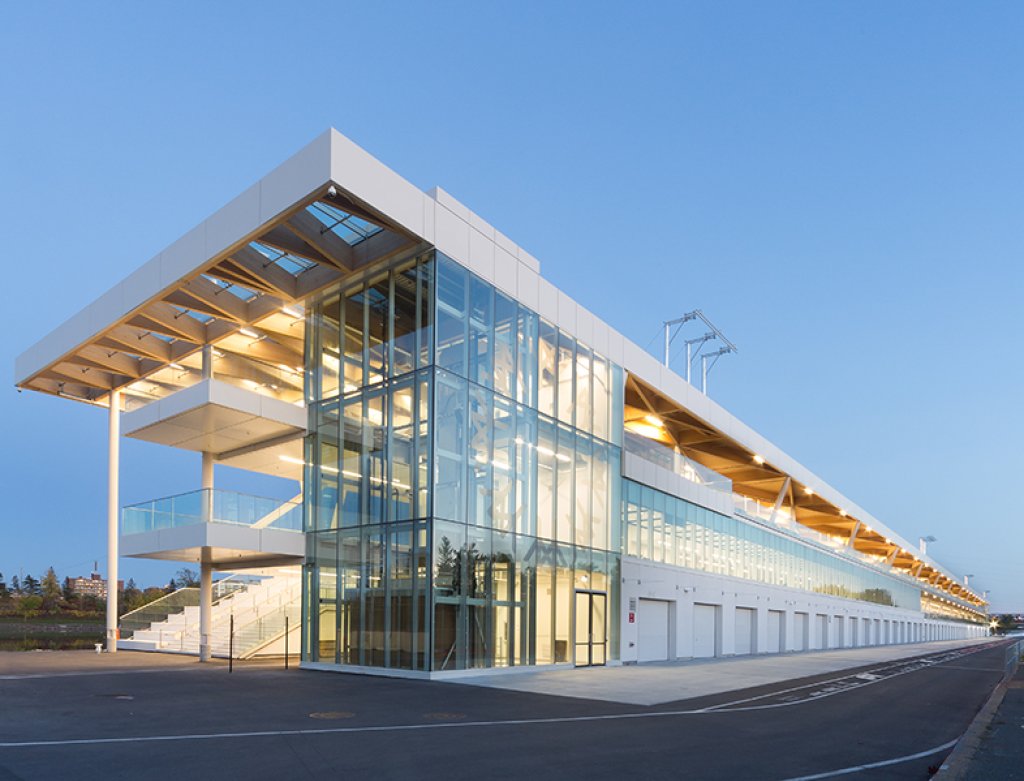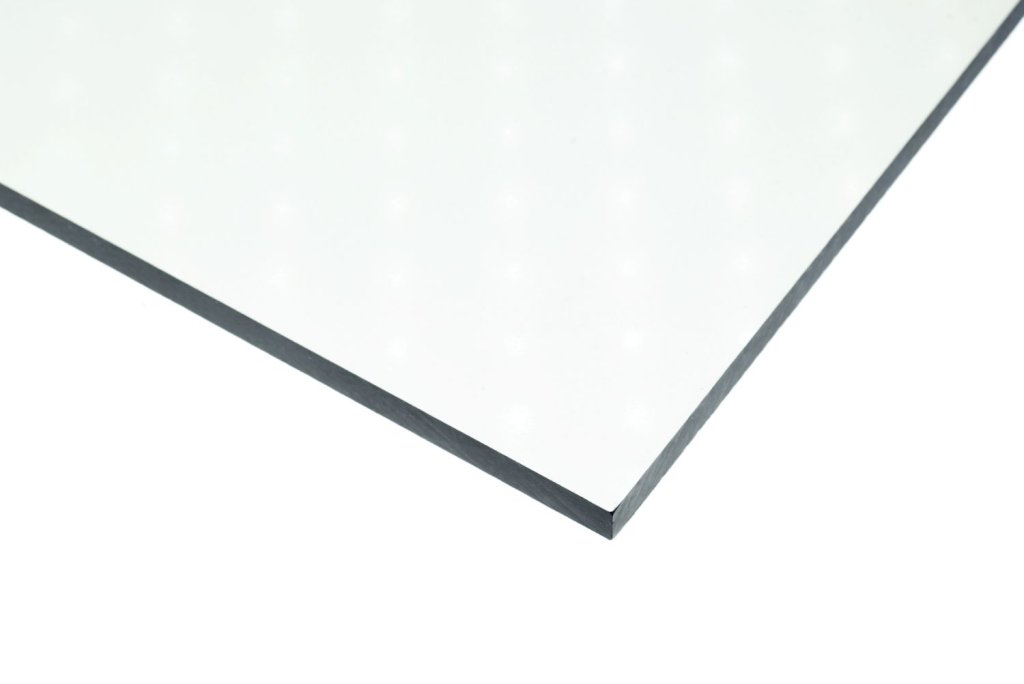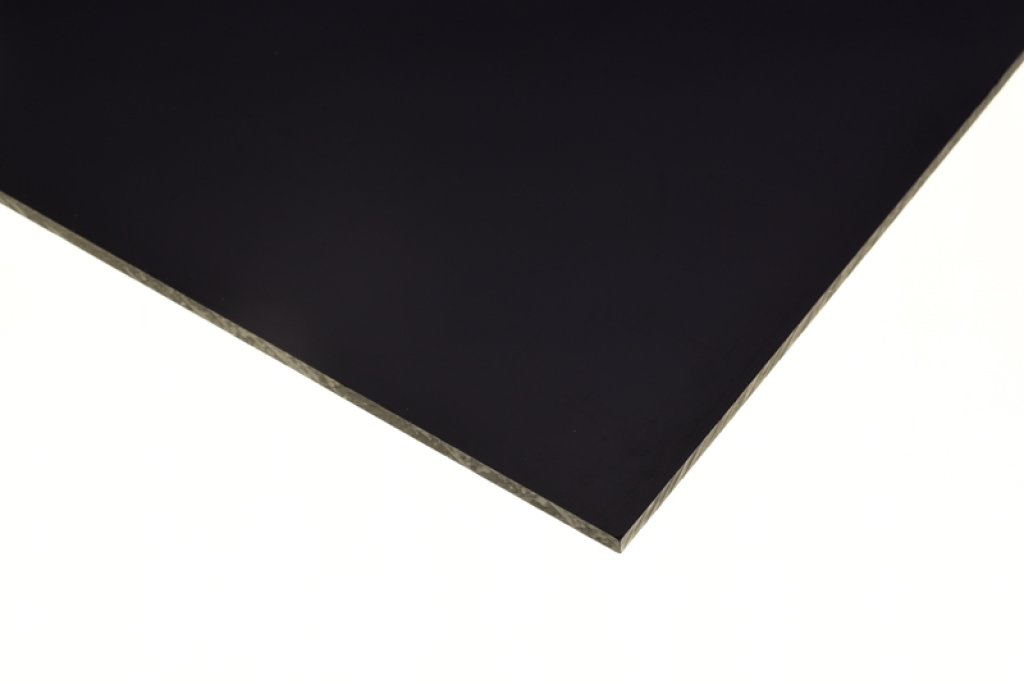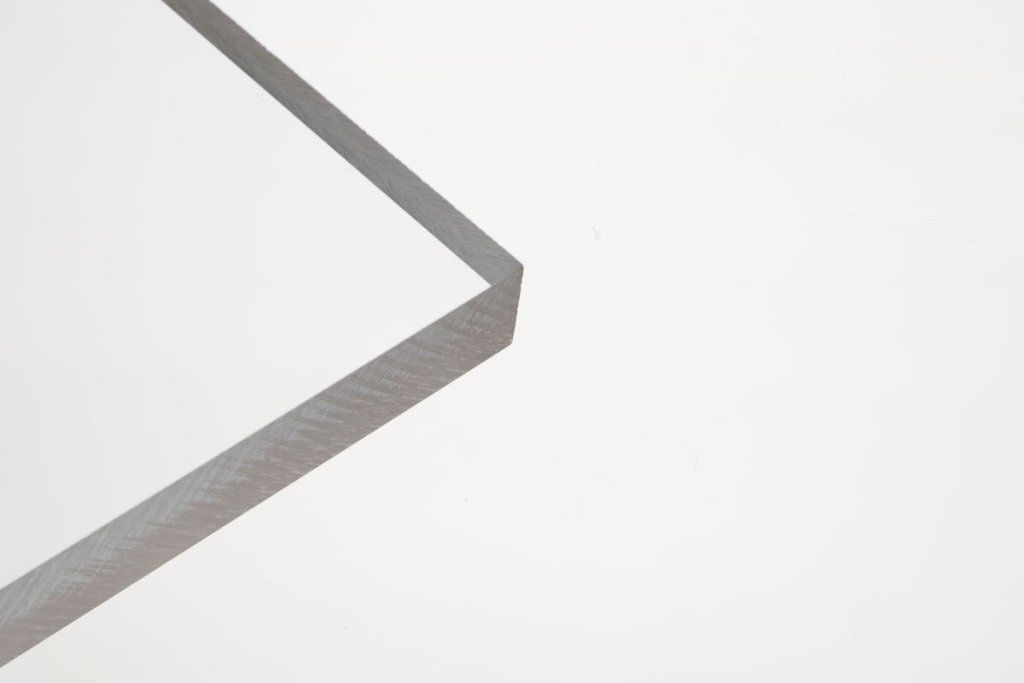At Piedmont Plastics, we supply industry leading plastic materials for a variety of architectural glazing applications. By offering such a vast inventory, our customers can feel confident in our ability to supply the best materials for their needs, when they need them. In addition to plastic sheet, we supply sealants, tapes, adhesives, and more to countless structural glazing suppliers and installers.
What is Architectural Glazing?
Architectural glazing refers to the use of glass in architectural applications to fulfill aesthetic, structural, and functional requirements. This versatile material offers architects and designers a wide range of possibilities in terms of design, sustainability, and performance.
At its core, architectural glazing serves as more than just a building material; it becomes an integral element of the design language, contributing to the overall aesthetic appeal of a structure. From sleek, modern skyscrapers to historic renovations, glass plays a pivotal role in shaping the visual identity of a building.
Beyond aesthetics, architectural glazing provides functional benefits such as natural light transmission, thermal efficiency, and sound insulation. By harnessing the power of daylight, architects can create spaces that are visually stimulating, energy-efficient, and conducive to occupant well-being. Additionally, advancements in glazing technology have led to the development of high-performance coatings and laminates that enhance thermal insulation and UV protection while maintaining transparency.
Structurally, architectural glazing can serve as a load-bearing element, enabling the creation of innovative designs with expansive glass facades and minimal framing. This allows for uninterrupted views of the surrounding environment and seamless integration between indoor and outdoor spaces.
Our Material Selection
Our team of plastics experts recognizes that every project is unique, and our ability to provide expert service and special or custom-cut materials is what sets us apart from the competition. In addition to our standard window glazing materials, we provide plastic solutions to meet the most demanding security and protection glazing specifications. Our materials offer benefits like weather protection, bullet resistance, blast resistance, and more! In addition, we recognize that our customers need to meet tight deadlines because of their demanding construction schedules. As a result, we are prepared to provide tight tolerance materials and cut-to-size pieces, many of which also provide superior transparency, toughness, and the ability to be formed into complex shapes, by the deadlines needed.
Our plastics materials are used for a wide range of architectural glazing applications including school glazing, pedestrian walkways, hurricane resistant windows, skylights, clean rooms, partitions, entry areas, and stair railings. Our materials also provide superior toughness in damage prone and secure areas and an exceptional level of abrasion and mar resistance to withstand routine abuse and cleaning.
What Are Some Plastic Materials Used For Architectural Glazing?
-
Polycarbonate
Polycarbonate is a high-performance, impact-resistant thermoplastic known for its clarity, strength, and weatherability, making it suitable for applications such as eyewear lenses, bullet-resistant glass, construction materials, and automotive parts.
-
Specialty Polycarbonate Sheet
Piedmont Plastics carries specialty polycarbonate sheets that are FDA -compliant, highly optical, flame retardant, or laminated for bullet protection.
-
Cast Acrylic
Cast acrylic from Piedmont Plastics offers exceptional strength, optical clarity, and weather resistance, making it ideal for applications such as signage, retail displays, protective barriers, and architectural glazing.
-
Extruded Acrylic
Extruded acrylic is a durable, lightweight, and optically clear thermoplastic sheet, ideal for architectural glazing, display cases, exhibits, and safety partitions, offering a cost-effective alternative to glass with excellent impact resistance and weatherability.
-
Louvers, Lenses & Covers
Piedmont Plastics offers a variety of louvers, lenses and covers designed to enhance lighting experiences for office environments, retail environments, and more.
-
Sealants
Piedmont Plastics stocks one-component sealants in silicone and urethane for an airtight seal on glass, wood, brick, stone, tile, and plastic.
Benefits of Using Plastics for Glazing
Architectural glazing, facilitated by the versatility of performance plastics, embodies a myriad of advantages that transcend mere customer needs. While durability, lightweight properties, and impact resistance stand as primary benefits, the true essence lies in the comprehensive capabilities these plastics offer. Specifically engineered to endure the rigors of outdoor exposure, enhance design flexibility, bolster energy efficiency, and streamline installation processes, these materials redefine the landscape of architectural innovation.
The durability inherent in performance plastics ensures longevity, safeguarding architectural glazing against wear and tear over time. This resilience not only prolongs the lifespan of structures but also minimizes maintenance requirements, translating to long-term cost savings and sustainability. Contact us today to find out more information!



























